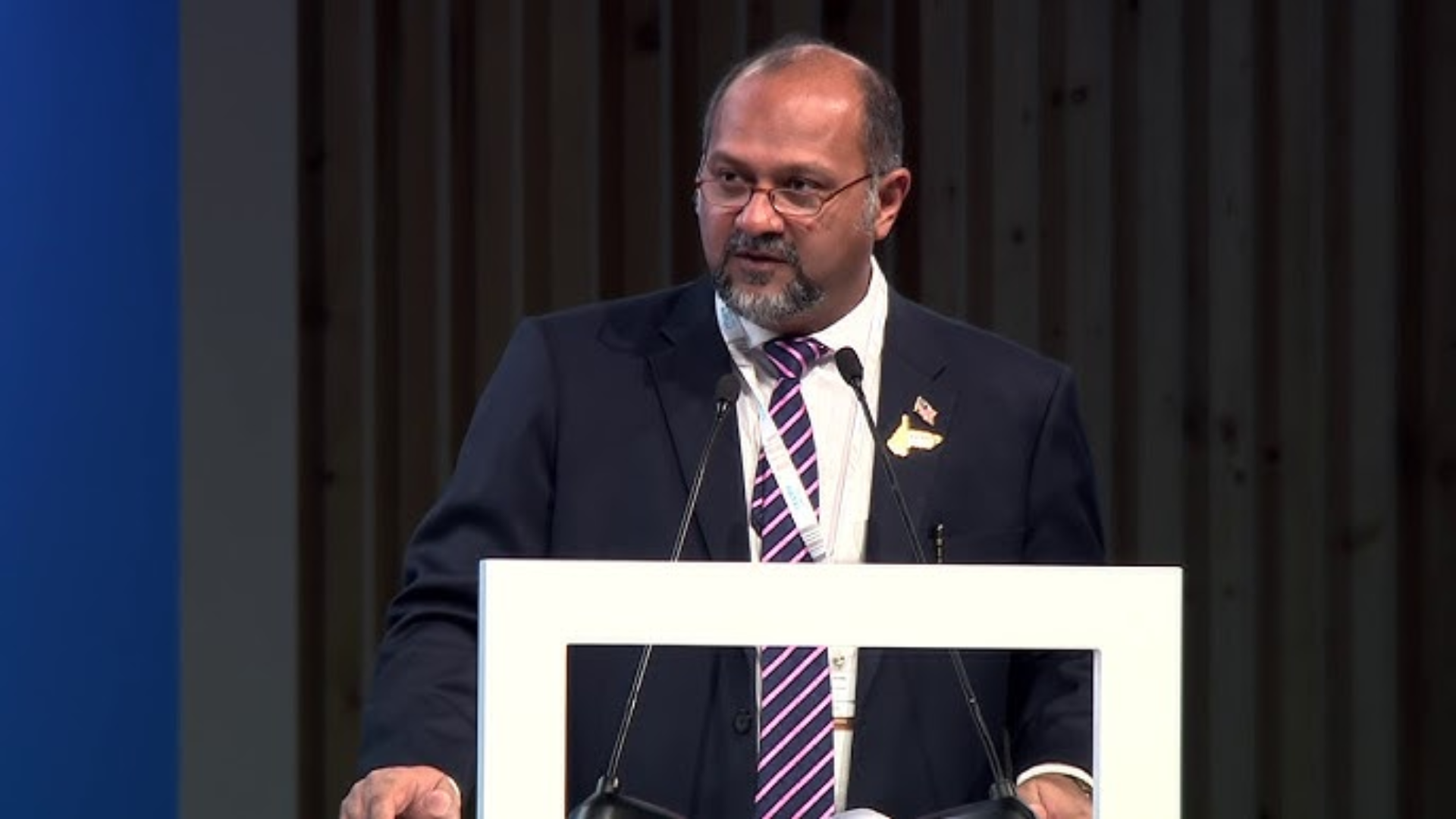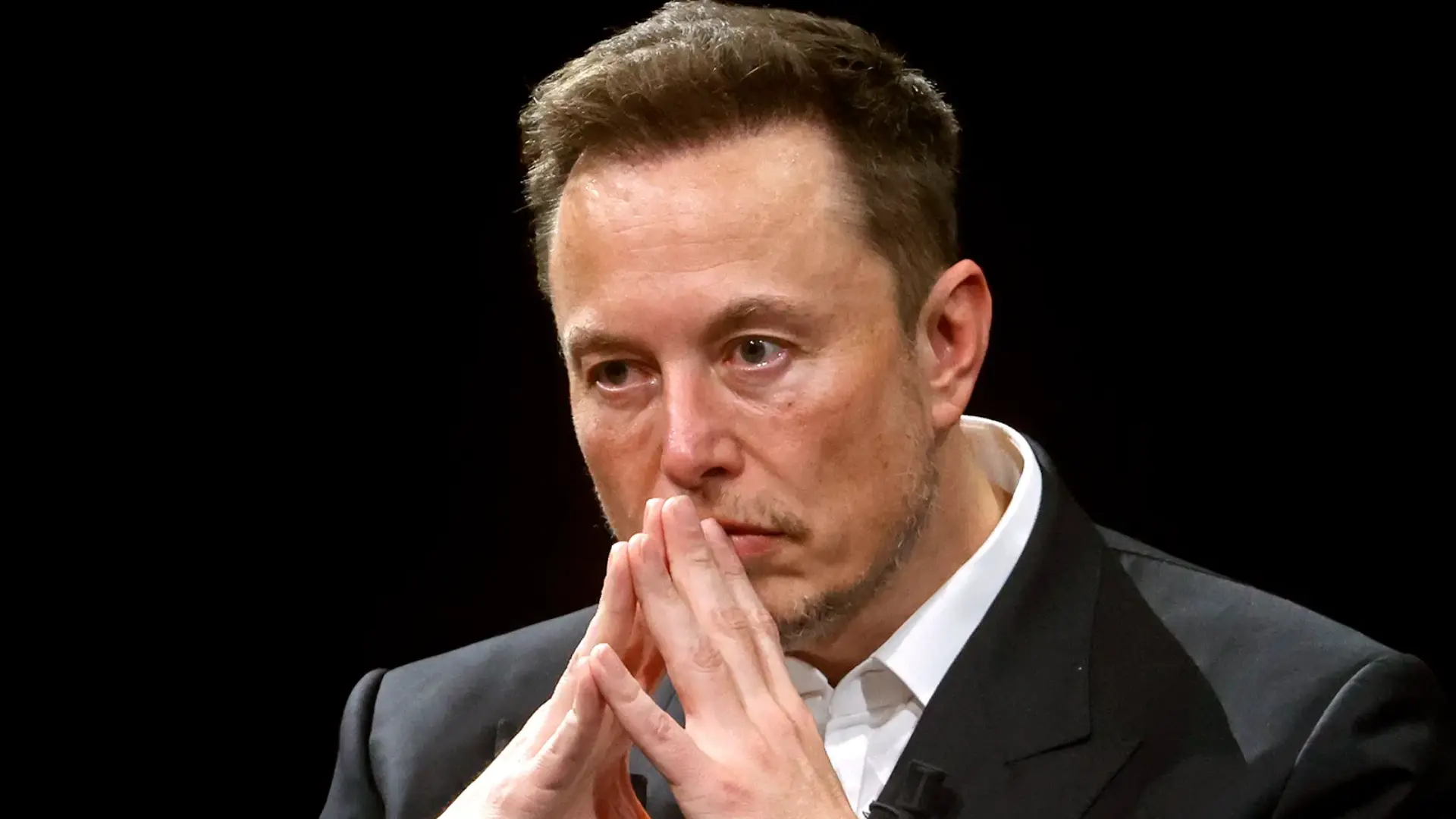Justin Trudeau became Canada’s 23rd Prime Minister on November 4, 2015. He has been Canada’s PM for a decade, once a popular leader soon became ‘unpopular’ among the Canadians, with own party Liberals’ leaders criticising his policies.
On Jan 6, 2025, he officially announced his resignation from the post. “I intend to resign as party leader, as prime minister, after the party selects its next leader through a robust, nationwide, competitive process,” Trudeau said.
The Rise of Justin Trudeau
Early life
Justin Trudeau was born on December 25, 1971. He is the eldest son of Pierre Elliott Trudeau, one of Canada’s most iconic prime ministers, and Margaret Trudeau, a celebrated author and activist.
He was raised bilingually in French and English. He earned a Bachelor of Arts in Literature from McGill University and a Bachelor of Education from the University of British Columbia.
Before entering politics, Trudeau worked as a teacher, Chair of Katimavik, and advocate for youth and environmental causes.
Political Career
Justin Trudeau was chosen to represent the Liberal Party in Papineau as a Member of Parliament in 2008.
By 2013, he had become the leader of the party, taking over a collapsing organization that had been demoted to third place in the Commons.
Trudeau’s message of “sunny ways” combined with his charm and optimism brought the party back to life. He became prime minister after the Liberals won a landslide majority in 2015.
Trudeau As Canada’s PM (2015-2016)
Trudeau in his early years in office gave green light to many progressive policies, such as the Canada Child Benefit and a national carbon-pricing plan. His youthful energy and gender-balanced cabinet won him praise at home and abroad.
He also legalized cannabis, introduced medical assistance in dying (MAID), and positioned Canada as a champion of diversity and inclusion.
Trudeau also renegotiated the North American Free Trade Agreement into the United States-Mexico-Canada Agreement (USMCA) amid tense relations with the-U.S. President Donald Trump.
Fall Of Justin Trudeau
Surviving Scandals
Despite his early successes, Trudeau’s leadership faced several significant scandals. In 2017, the ethics commissioner found that Trudeau violated conflict-of-interest rules by accepting a vacation from the Aga Khan, a longtime family friend. This marked the first of multiple ethics violations that would tarnish his image.
In 2019, Trudeau faced the SNC-Lavalin affair, where his office was accused of pressuring then-Attorney General Jody Wilson-Raybould to help a corporation avoid corruption charges. This led to high-profile resignations within his cabinet and another ethics violation. The same year, photos of Trudeau wearing blackface in his youth surfaced, sparking global condemnation and accusations of hypocrisy.
Although the Liberals managed to retain power in the 2019 election, they were reduced to a minority government, forcing Trudeau to rely on opposition parties for legislative support.
The Pandemic and Protest
The COVID-19 pandemic tested Trudeau’s leadership in unprecedented ways. His government implemented sweeping economic relief measures, including the Canada Emergency Response Benefit (CERB) and wage subsidies, to support Canadians during the crisis. However, pandemic fatigue and discontent over restrictions fueled growing resentment.
In 2022, the “Freedom Convoy” protests erupted, with demonstrators occupying Ottawa and blocking key border crossings to oppose vaccine mandates and government overreach. Trudeau invoked the Emergencies Act to quell the protests—a controversial move that polarized Canadians and was later ruled unconstitutional by the courts.
Fall in Popularity and Resignation
By 2023, Trudeau’s leadership faced mounting challenges. His separation from his wife, Sophie Grégoire Trudeau, after 18 years of marriage highlighted personal struggles.
High-profile resignations within his cabinet, including Deputy Prime Minister Chrystia Freeland, were also indicated towards fall of his leadership.
Public discontent grew, and the Liberal Party’s popularity plummeted, trailing far behind the Conservative Party under Pierre Poilievre. Internal pressure mounted as Trudeau’s once-loyal allies called for his resignation.
On January 6, 2025, Trudeau announced he would step down as Liberal leader and prime minister, saying, “This country deserves a real choice.” His resignation marked the end of an era for a leader whose tenure was as divisive as it was transformative.
ALSO READ: Why Did Justin Trudeau Resign? All You Need To Know

















